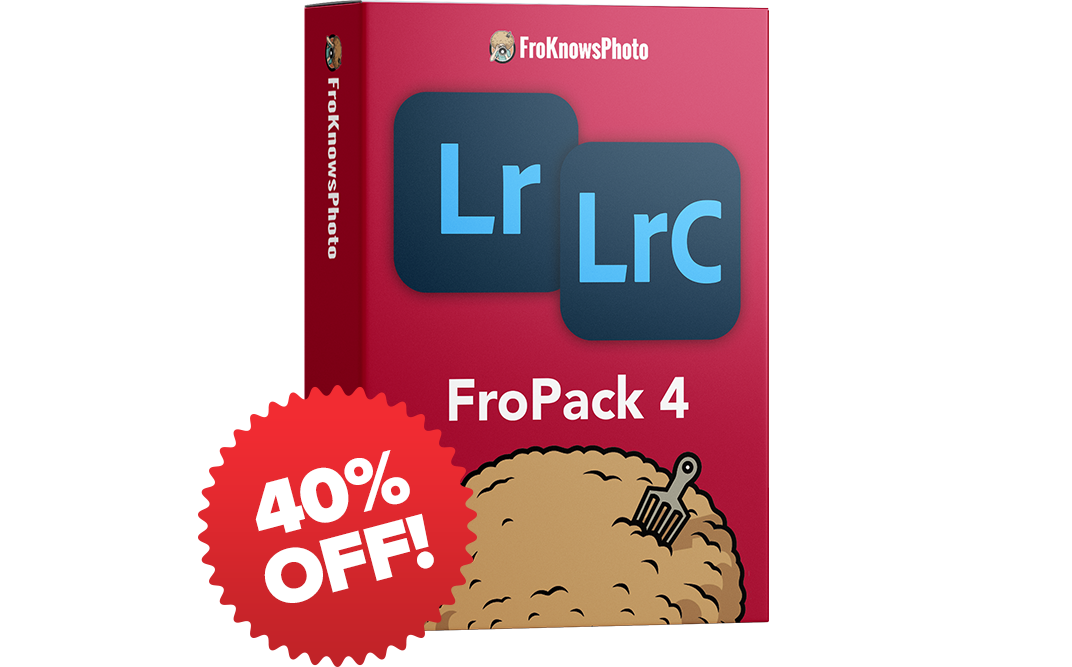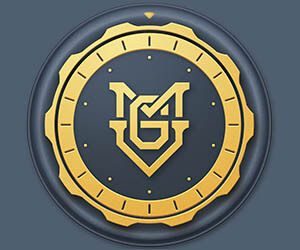Why I Shoot RAW
This article was originally released only to people on the e mail list. If you would like to sign up please use the orange box above to get direct emails from me.
If there is one question I get more than any other, it’s “Why do you shoot RAW?” Let me take you back to 2003 when I picked up my first DSLR – the Nikon D2H. The online photo community was very different at that time, and we certainly didn’t have as much access to information as we do now. Coming from the film world, there was never a question of file formats, only what type of film to use. Suddenly with digital, there was a slew of file formats to familiarize yourself with – JPEG, RAW, TIFF and RAW + JPEG.
I made phone calls to as many photographers as I knew who were shooting digital and asked what they shot. Some of them said they were shooting JPEG and others were shooting RAW, but they did not know why. At that point, I really did not know a lot about file formats and I started to ask questions to form my own opinion on what I should use.
Here is what I learned from talking with other pros: JPEG was all about compression and smaller files, which meant I could capture a large number of images and fit them on my memory card. (Here’s another fun blast from the past – my first 1GB memory card cost me a whopping $279.) Regardless of the storage possibilities, I knew that if JPEG meant compression and RAW was uncompressed, I was better off sticking with RAW. It just made sense to me that if JPEG files toss away information in the hopes of larger quantity, and RAW kept all your information, I was better off going with the quality option.
Funny enough, this line of thinking didn’t automatically mean I was completely sold on RAW. I still thought that JPEGs were better because they looked better right out of the camera, but this was also a time when I never set my picture control because I had no idea there was such a thing. I didn’t know that if I changed the contrast or sharpness of the picture control that it would affect my JPEGs. This whole digital world was all new to me and pretty much new to everyone around me as well.
I can honestly say that having the JPEG files early on, before we had software like Lightroom to advance a process that was barely functional in Photoshop, gave me understanding in how to process my RAW files later on. I would sit there and try to match my RAW processing to the JPEGs and every once in a while I would see that I could process the image better then what the JPEG gave me.
Eventually I went from RAW+JPEG Fine to JPEG Basic to not even shooting the JPEG. It took time, but I realized that the decision I made back in 2003 to shoot RAW was the right one. I may not have fully known the power of the RAW file back then but I certainly do now.
Lets look at why I still shoot RAW and why I suggest you do as well.
The RAW file is all of the data that your camera captured, meaning that it does not toss away information that your camera “thinks” you don’t need. JPEGs on the other hand are compressed, losing valuable data your camera assumes you do not need, leaving you with a file with very limited editing capabilities – you can not go back to the original data to reprocess your image. Think of it like this: if you’re baking a cake and you use all of your ingredients and then you burn it, you can’t go back and start again from scratch. With a RAW file, it’s like baking a cake with a nearly unlimited supply of ingredients, so even if it comes out slightly burned, you can still fix it and maintain quality.
Another advantage of RAW over JPEG is that every time you make a change to a JPEG and save it, there is a loss of quality – it locks those changes in and you can not go back and make corrections. A RAW file, on the other hand, allows you to press the reset button and start back fresh without losing any quality or information.
Some people may tell you that “they get it right” in the camera so they don’t need to shoot RAW. I do not agree with that notion at all. Shooting RAW does not mean you don’t strive to get it right in the camera or that you are less of a photographer. Sure, it’s a slight safety net that allows you to make corrections if your exposures were off, but to me it comes down to having all the data vs tossing a lot of it away.
I SHOOT RAW because I know I can tweak the file better than what the camera could ever do. I was there, I saw the color of the sky, the tone of the skin and the details in the shadows. The RAW file gives me full control to express what I want the image to look like. Whether it’s processing it in color or black and white, I am in control and can always start back with the RAW data.
The reason I bring all of this up today is that I recently looked back into my photo archives of RAW files and I found the image below from March 28th 2006. Back then, I processed that image in Photoshop since Lightroom had not yet been released and we were just starting to scratch the surface of what we could do with RAW files. After all of these years, that file remained the way I processed it because I did the best with what I had. Today, Lightroom 4 is a powerhouse that allows me to unlock the power of the RAW FILE like never before. I was able to take another pass at that image and process the file again, better than I ever could have done it seven years ago.
That’s the point and one of the major reasons I SHOOT RAW: I think the RAW file is built for the future. For me to go back to a RAW image from 2006 and process it with today’s technology is why I SHOOT RAW. The future of digital photo processing is being rewritten all the time, but I know having the RAW files will allow me to unlock unforeseen possibilities on that distant date in the future.
My name is Jared Polin and I SHOOT RAW.



